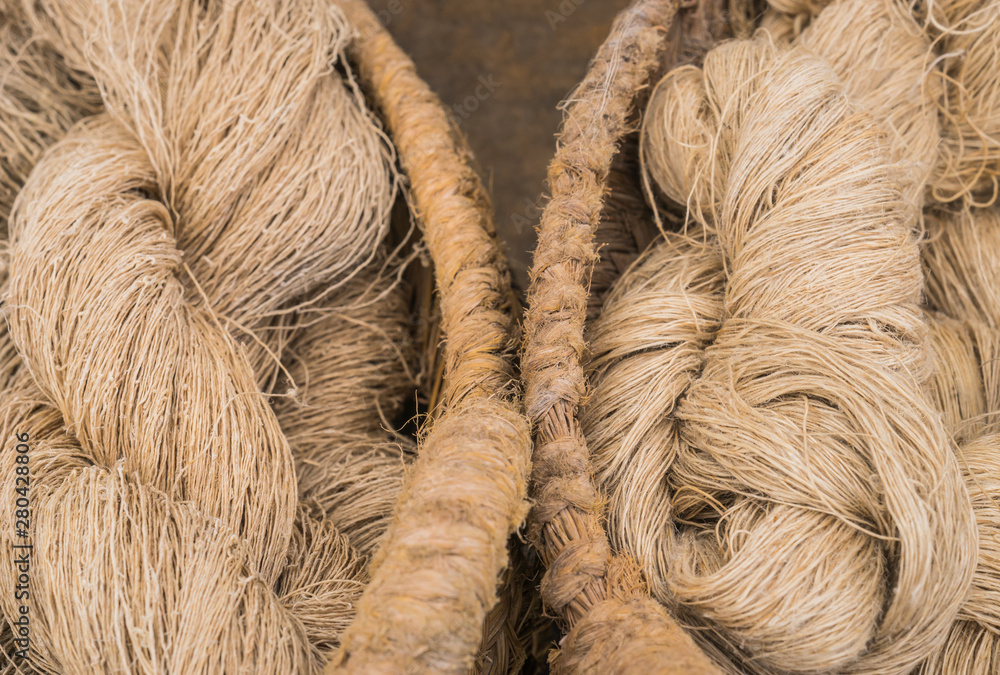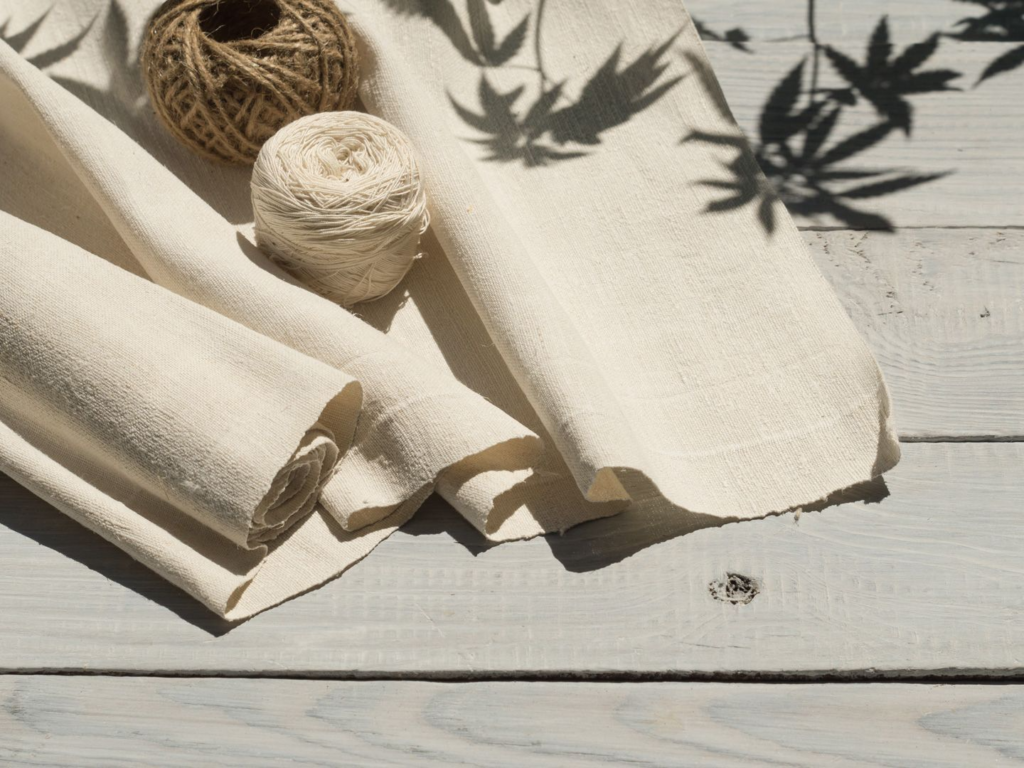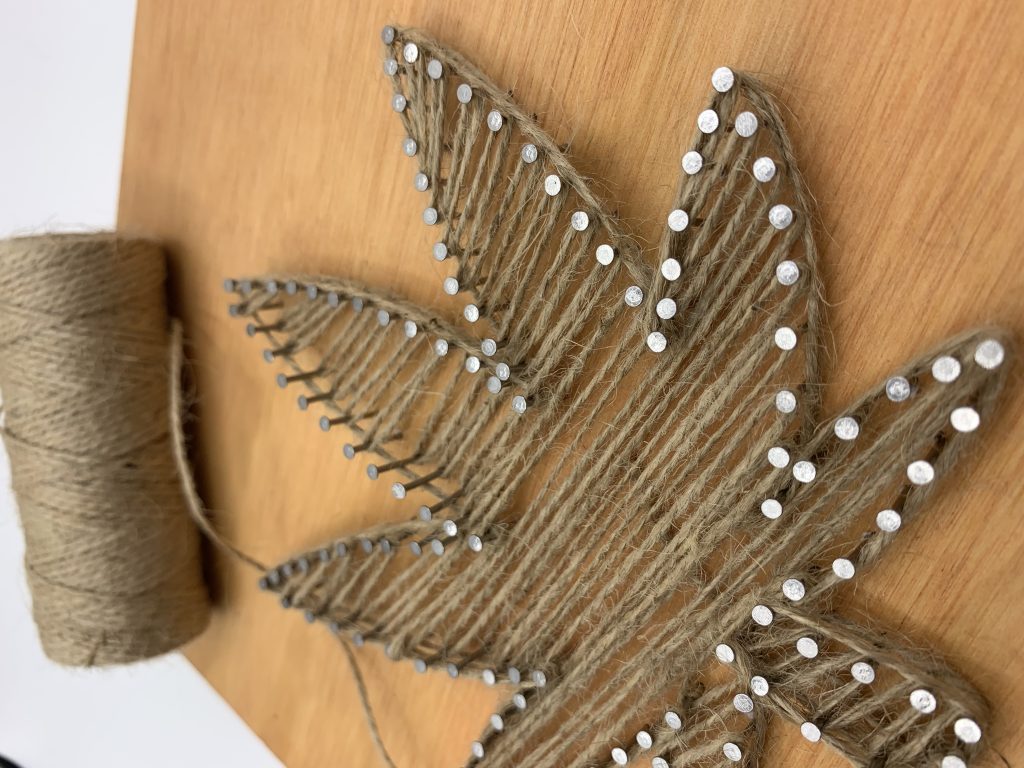The Rich History of Hemp in Textiles and Art
The Rich History of Hemp in Textiles and Art
Hemp is one of the oldest cultivated plants in human history – and its role in textiles and art spans thousands of years. Revered for its strength, versatility, and sustainability, hemp has clothed, sheltered, and inspired civilizations across the globe. As interest in eco-conscious materials and heritage crafts resurges, understanding hemp’s deep-rooted past reveals why it continues to be a powerful medium for creativity and craftmanship
Ancient Beginnings
Hemp’s textile journey began around 8000 BCE in ancient Mesopotamia (modern day Iran & Iraq, where archaeological findings suggest its fibers were used for weaving cloth and. making rope. China is often credited as the cradle of hemp’s textile innovation. By 2700 BCE, Chinese artisans were not only weaving hemp into fabric but also using it for early forms of paper, calligraphy, and ceremonial art.
Hemps fibrous stalks made it ideal for everything from utilitarian fabrics to ceremonial robes. Its durability and breathability made it a preferred material for both everyday use and sacred traditions.



Spreading Across Continents
From Asia, hemp cultivation and textile use spread to India, Europe, and eventually the rest of the world. In India, hemp (known as “bhang”) was used not only for textiles but also for medicinal and spiritual purposes. IN ancient Greece, and Rome, hemp was used to make ropes, sails, and garments—playing a crucial role in trade and exploration.
By the Middle Ages in Europe, hemp was a staple crop. It clothed peasants and royalty alike and provided canvas for artists long before cotton became dominant. In fact, the word canvas is derived from the Latin cannabis—a nod to hemp’s artistic role.
Colonial and Maritime Eras
During the age of exploration, hemp was essential to naval empires. Sails, ropes, nets and flags were all made from hemp due to its resistance to saltwater and extreme weather. Hemp was so valuable that early American colonies were required by law to grow it. Even the first draft of the U.S. Constitution are believed to have been written on hemp paper.
In domestic life, hemp was spun int thread, woven into cloth, and used to make everything from household linens to artist canvases. Folk art and handwoven textiles using hemp were passed down through generations, especially in indigenous and agrarian cultures.
Decline and Resurgence
The 20th century saw a decline in hemp production due to industrial competition fomr cotton and synthetic fibers , along with legal restrictions tied to cannabis prohibition. The decline wasn’t about the plant’s quality—it was political and economic.
But the 21st century has witnessed a renaissance. As the world grapples with climate change and the search for sustainable alternatives, hemp has returned to the spotlight. Its low environmental impact, high yield, and biodegradable fibers make it ideal for ethical fashion, eco-art, and slow craft movements.
Hemp in Modern Art and Craft
Today, fiber artist, designers, and makers around the world are rediscovering hemp for its texture, strength, and earthy aesthetics. It’s used in:
- Weaving and macrame for natural, rustic decor
- Natural dyeing processes that embrace its organic finish
- Canvas and paper making for painters, printers, and calligraphers
- Eco-friendly clothing that blends style with sustainability
Conclusion
Hemp’s history is a tapestry woven with innovation, resilience, and artistic expression. From ancient looms to modern studios, it has proven to be more than just a fiber—it’s a symbol of sustainability, heritage, and human creativity. As artist and crafters return to the roots of their materials, hemp offers a grounded, meaningful connection between the past and future if textile art.
